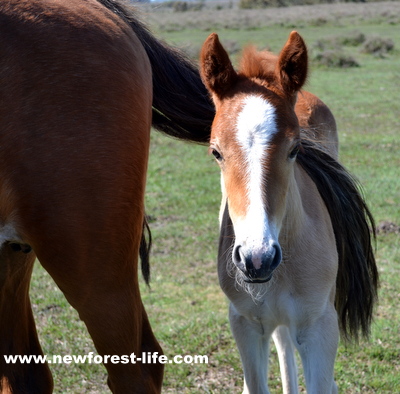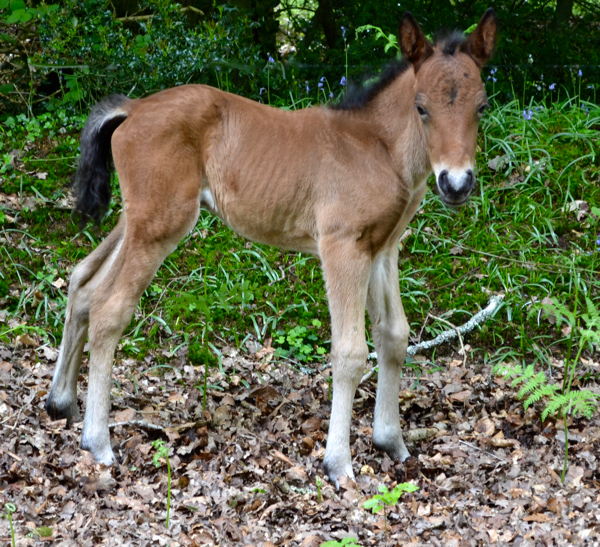The Bombing Range
by Nevile Chalke
(Auckland NZ)
I was born in Blissford in 1939 and have given details in the Memories section of the Frith collection.
However I did not detail my memory of the bombing range. The Air Ministry fenced off ten thousand acres to use as a practice bombing range. The range came quite close to Blissford and Godshill. Both the five ton and the ten ton 'Grand Slam' bombs were tested there. They were dropped from a Lancaster bomber and people in the villages had to open all their windows on the day they tested the bombs. I remember seeing one dropped when I was walking to Godshill school and we saw the explosion several seconds before we heard it.
Shot up aircraft were often taken down through Blissford on the back of large transporters and used as practice targets. From memory a lot of 28lb bombs were also dropped and quite a few of them failed to explode. After the war ended an RAF bomb disposal squad were stationed at Godshill, just up from the Fighting Cocks pub in several Nissen huts. On one occasion two of my friends, Peter Skinner and Billy Sheen found an unexploded bomb and went and told the RAF men who gave them a ride in a half track to where the bomb was. I was very jealous of them!
When the fence around the range was taken down and the area declared safe we were allowed to go into the range and wander around. Bits of bombed up aircraft were a magnet to us small boys but we always kept a wary eye out for bombs. They did in fact continue to find them for years. The testing of the ten ton bombs involved the RAF trying to drop them on to large concrete pads, to see if they would penetrate. Again after the war, these pads were simply covered over with soil as it would have been too expensive to remove them. They can still be seen if you know where to look.
Ray Pidgley has also written about two American aircraft colliding over the forest. I saw this happen. What Ray didn't mention was the fact that one of the aircraft was carrying a one thousand pound bomb which failed to explode when the plane crashed. The bomb landed in a field and because the soil was mainly clay there, it slid for quite a distance underground. A huge pit was dug to finally get it out and the overgrown remains of the pit can still be seen. The house the plane landed on had a thatched roof and burned to the ground.
Home | Contact Me | Terms of Use | About Me |



